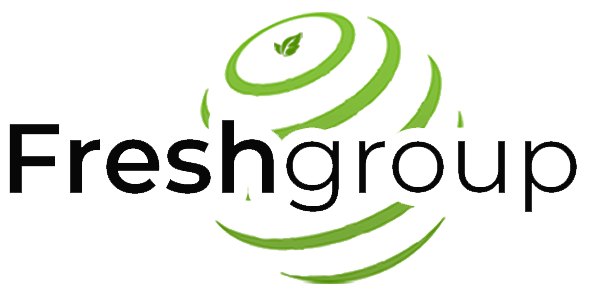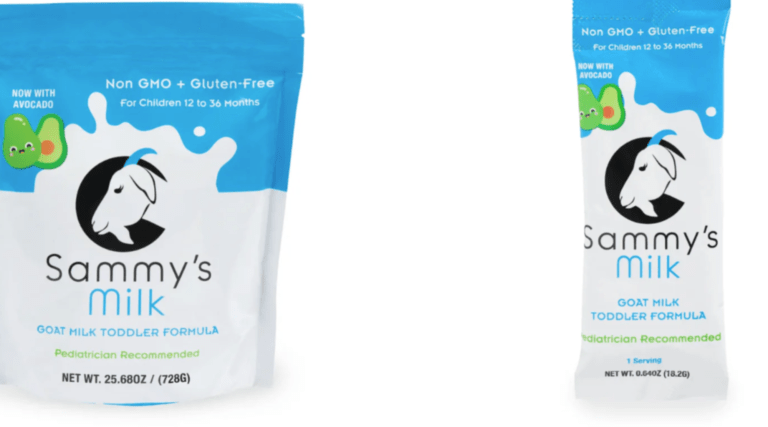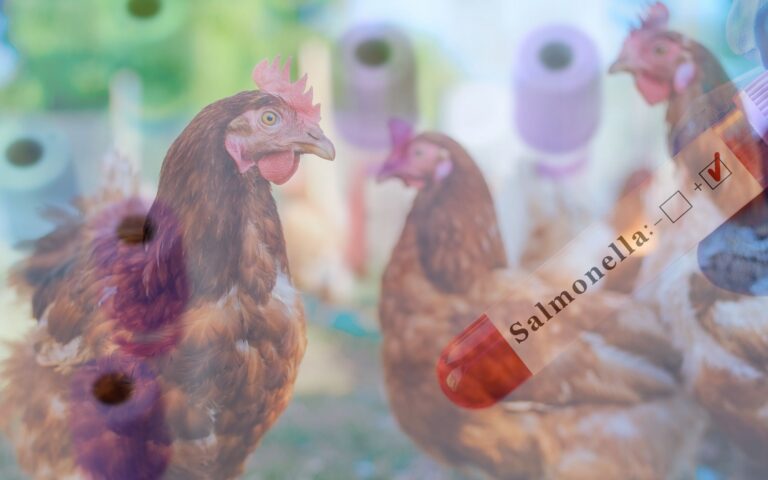In a recent analysis, it has been revealed that the disease burden stemming from select pathogens in the Netherlands surged in 2022, marking a notable increase compared to the preceding years.
Annually, the RIVM conducts investigations to gauge the extent of sickness or mortality resulting from gastrointestinal infections, scrutinizing 14 pathogens primarily transmitted through food but also through environmental exposure, animal contact, or human transmission.
The latest findings indicate that the disease burden attributed to these 14 pathogens rose in 2022, surpassing the figures recorded in both 2021 and 2020, though still below the peak observed in 2019, coinciding with the onset of the COVID-19 pandemic. This upsurge brings the burden nearly on par with pre-pandemic levels, as highlighted by the National Institute for Public Health and the Environment (RIVM).
Of particular concern were increases in Campylobacteriosis, Salmonellosis, and Cryptosporidium infections compared to the previous year. Notably, Campylobacter was associated with 38 fatalities, while Salmonella claimed 20 lives, with a total estimate of 230 fatalities, 81 of which were linked to foodborne transmission.
STEC O157 caused 71 cases, resulting in 17 hospitalizations and four deaths, showing a significant rise compared to 2021 figures. Likewise, Listeria infections saw an increase to 94 cases, leading to 14 fatalities, while hepatitis A infections surged to 93 reported cases and 30 hospitalizations.
In terms of the overall burden, approximately 1.6 million cases were attributed to the 14 pathogens in 2022, with 654,000 cases estimated to have been caused by foodborne transmission.
The fraction of the total burden attributed to the food-borne transmission was significant, accounting for 43 percent of the total burden in terms of Disability-Adjusted Life Years (DALYs), equating to 4,300 DALYs per year. This underscores the substantial impact of foodborne pathogens on public health.
Meat, including poultry, pork, beef, and lamb, constituted the primary source of foodborne infections, accounting for 56 percent of the burden and 42 percent of food-related fatal cases. Other sources included dairy, eggs, produce, and fish and shellfish.
The economic cost of gastrointestinal infections resulting from foodborne pathogens was estimated at €201 million ($217 million), reflecting a notable increase compared to previous years but still below the peak observed in 2019.
These findings serve as a crucial tool for policymakers, providing valuable insights into the burden of disease associated with foodborne infections and guiding strategies to mitigate their impact on public health. Additionally, they enable monitoring of trends in disease burden and associated costs, aiding in the formulation of targeted interventions to safeguard public health.
Source: FSN
Reach out to Fresh Group Food Safety And Quality Consulting for any inquiries related to food quality and safety.




